Herpetology reptile quiz
1/29
There's no tags or description
Looks like no tags are added yet.
Name | Mastery | Learn | Test | Matching | Spaced |
|---|
No study sessions yet.
30 Terms
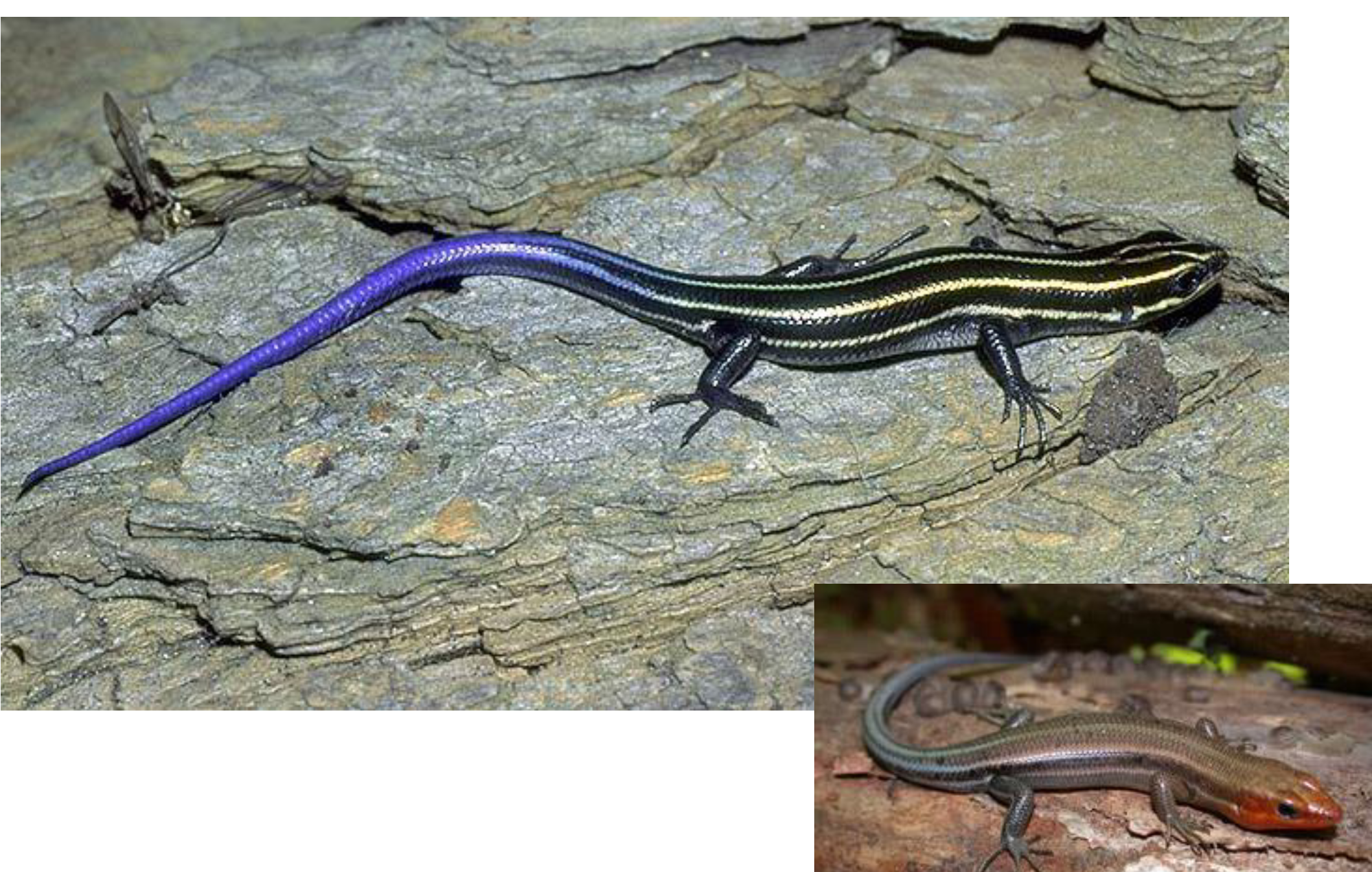
what is this and what are its habitat and diet preferences
five-lined skink- moist, but not wet, wooded or partially wooded areas with significant cover and abundant basking sites. insectivorous, feeding on spiders, millipedes, crickets, termites, grasshoppers
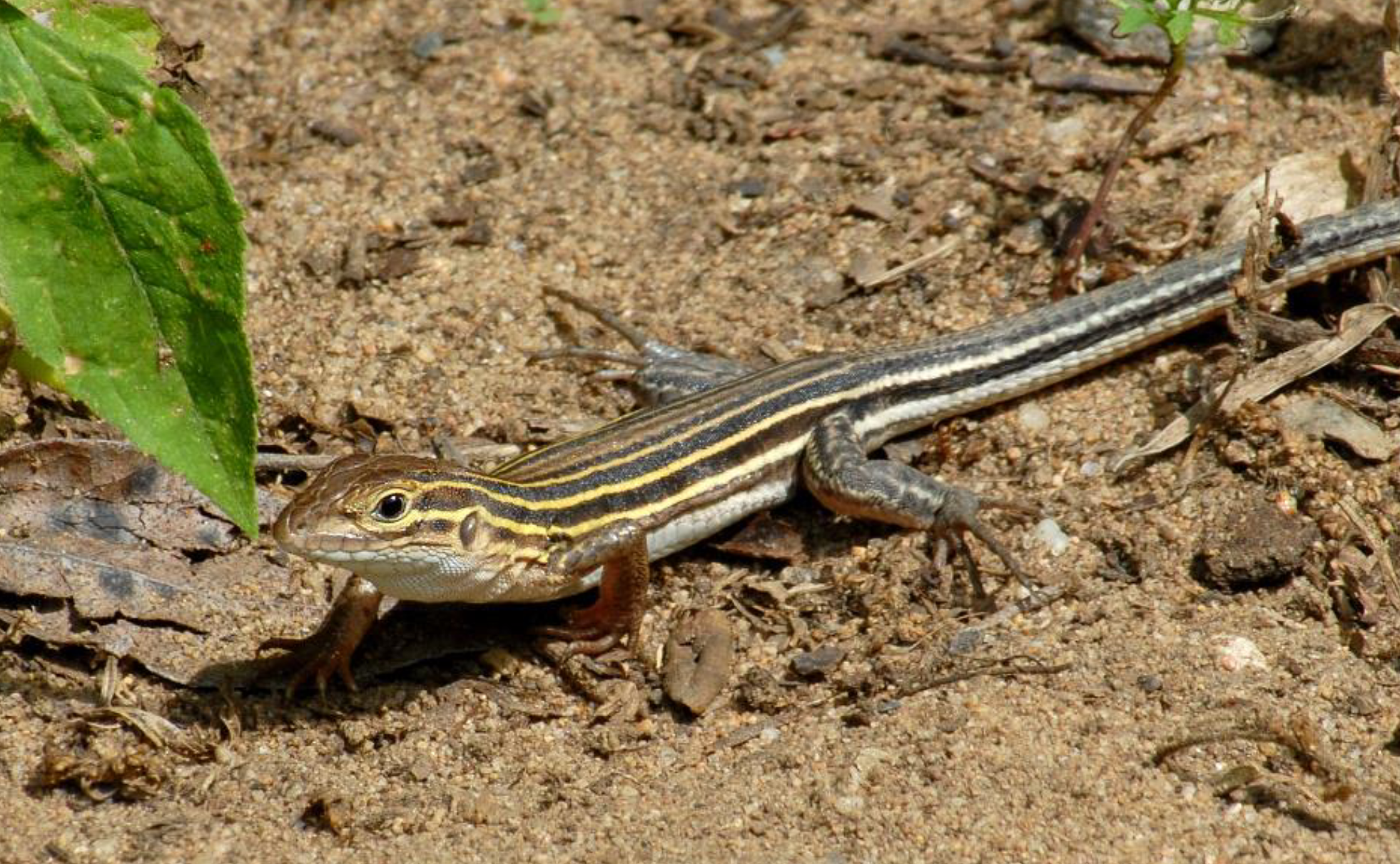
what is this and what are its habitat and diet preferences
six-lined racerunner - variety of habitats such as savannas, prairies, fields/ fire-tolerant woodlands, especially those that burn annually. opportunistic insectivores that eat most arthropods and some mollusks, an adaptive tongue that senses prey chemicals.

what is this and what are its habitat and diet preferences
Kirtland’s snake - open damp areas like marsh edges. mainly eat earthworms and slugs
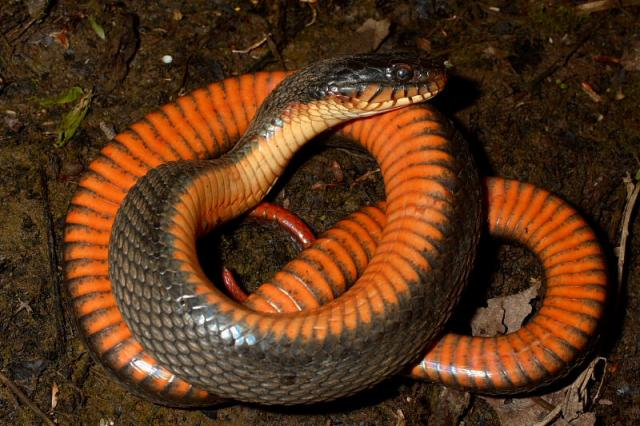
(yellow-orange belly) what is this and what are its habitat and diet preferences
Copperbelly water snake - shallow wetlands like marshes and swamps. Their main diet is frogs and tadpoles
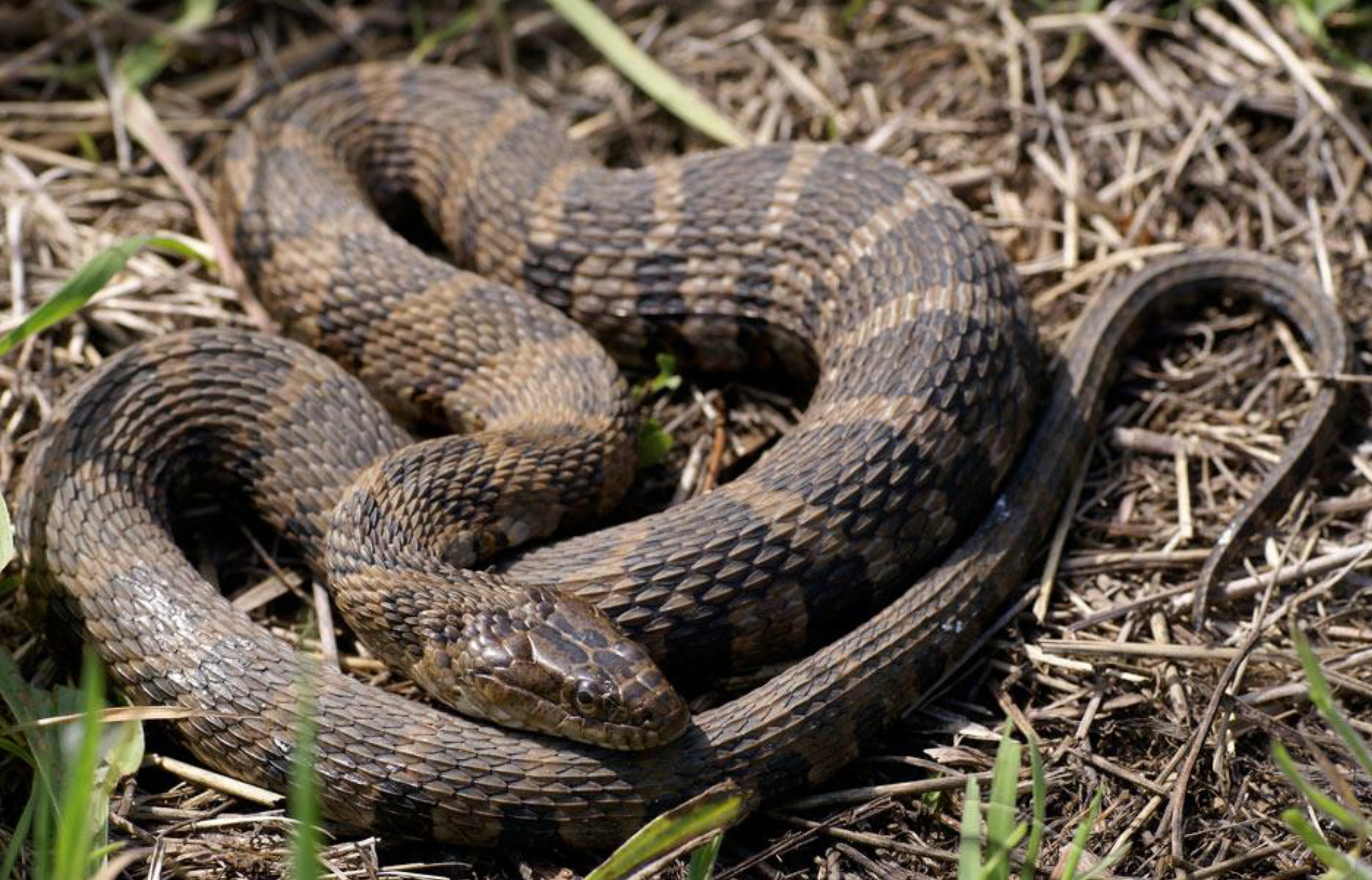
what is this and what are its habitat and diet preferences
northern water snake - lakes, streams, ponds, and wetlands. They mainly eat fish and amphibians
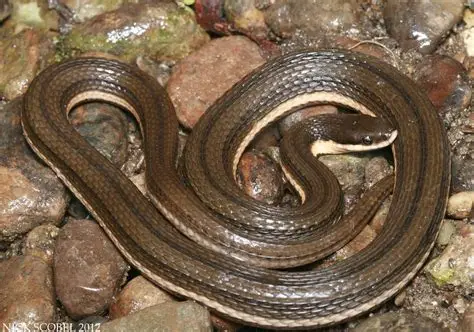
what is this and what are its habitat and diet preferences
queen snake - watersheds with rocky bottoms and clear, running streams. It mainly eats newly-molted crayfish.
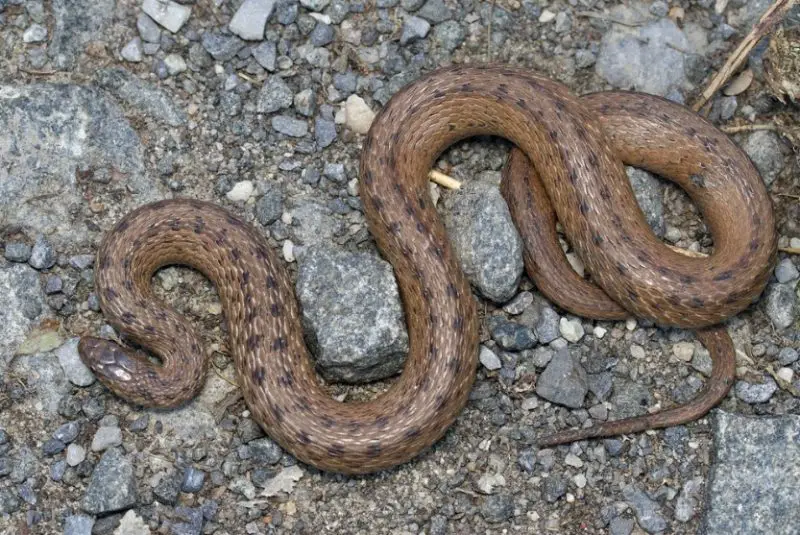
what is this and what are its habitat and diet preferences
brown snake - moist environments near swamps and marshes. eats slugs, earthworms, and snails.
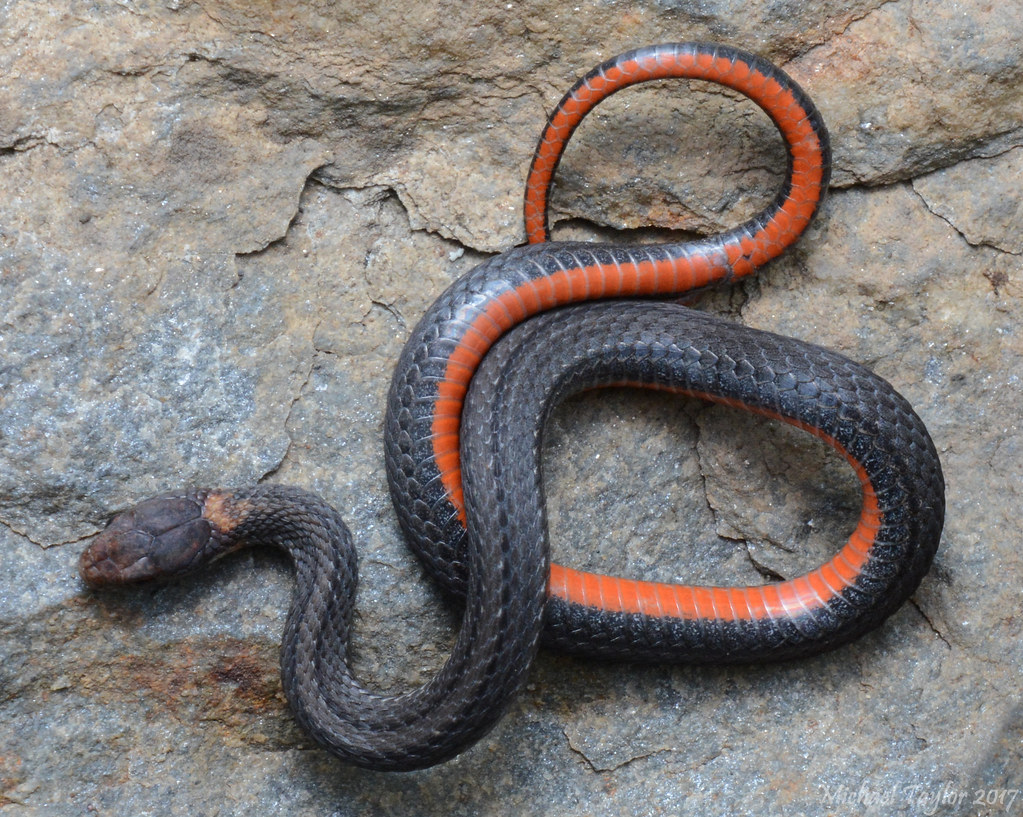
what is this and what are its habitat and diet preferences
northern red-bellied snake - moist woodlands that border a forest and wetland. Slugs and earthworms are their primary diet.
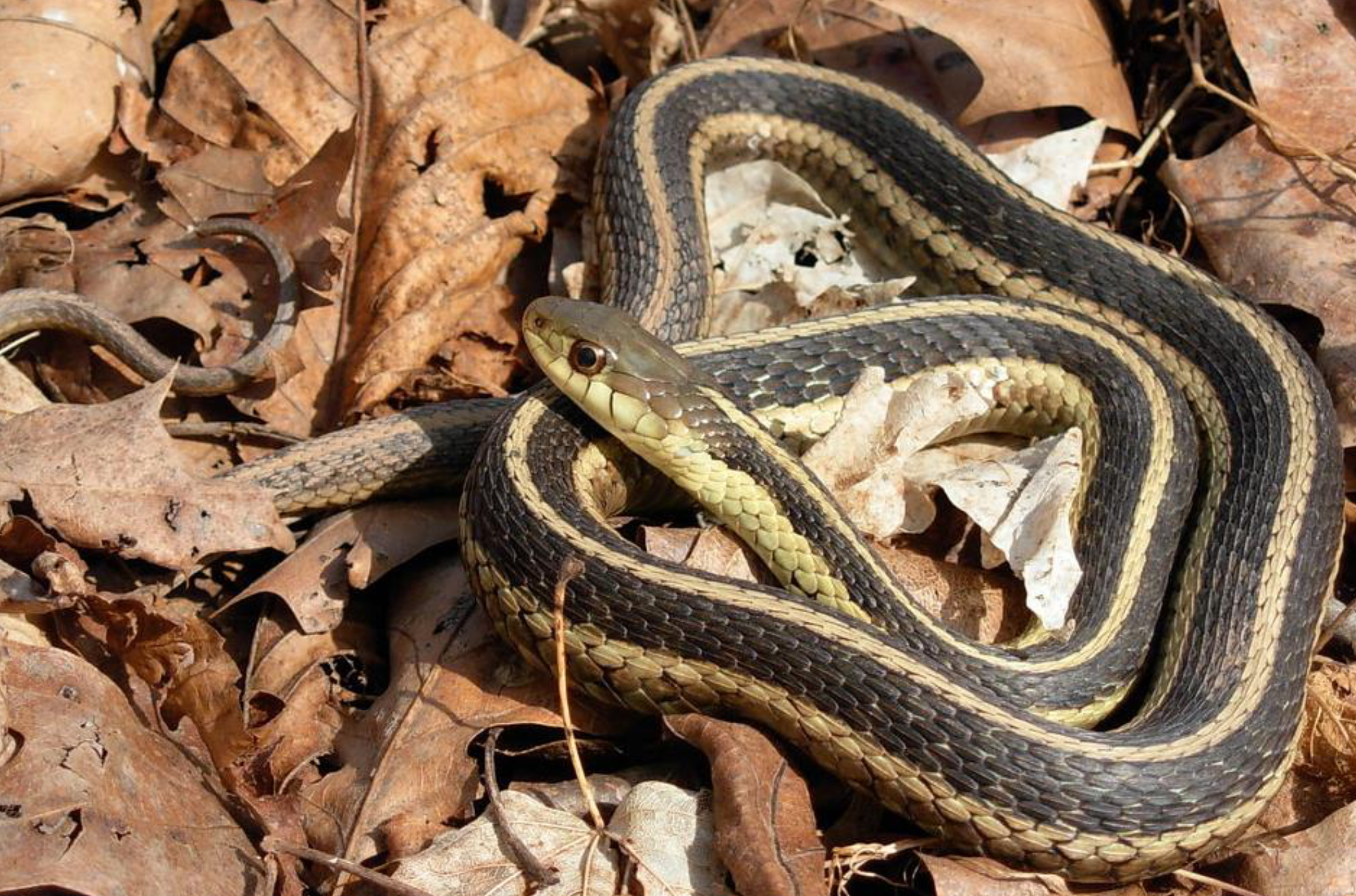
what is this and what are its habitat and diet preferences
eastern garter snake - diverse habitats, shrubby fields, grasslands, and abandoned farmlands. They feed on tadpoles, frogs, toads, earthworms, salamanders, minnows, mice, worms, and other small snakes.
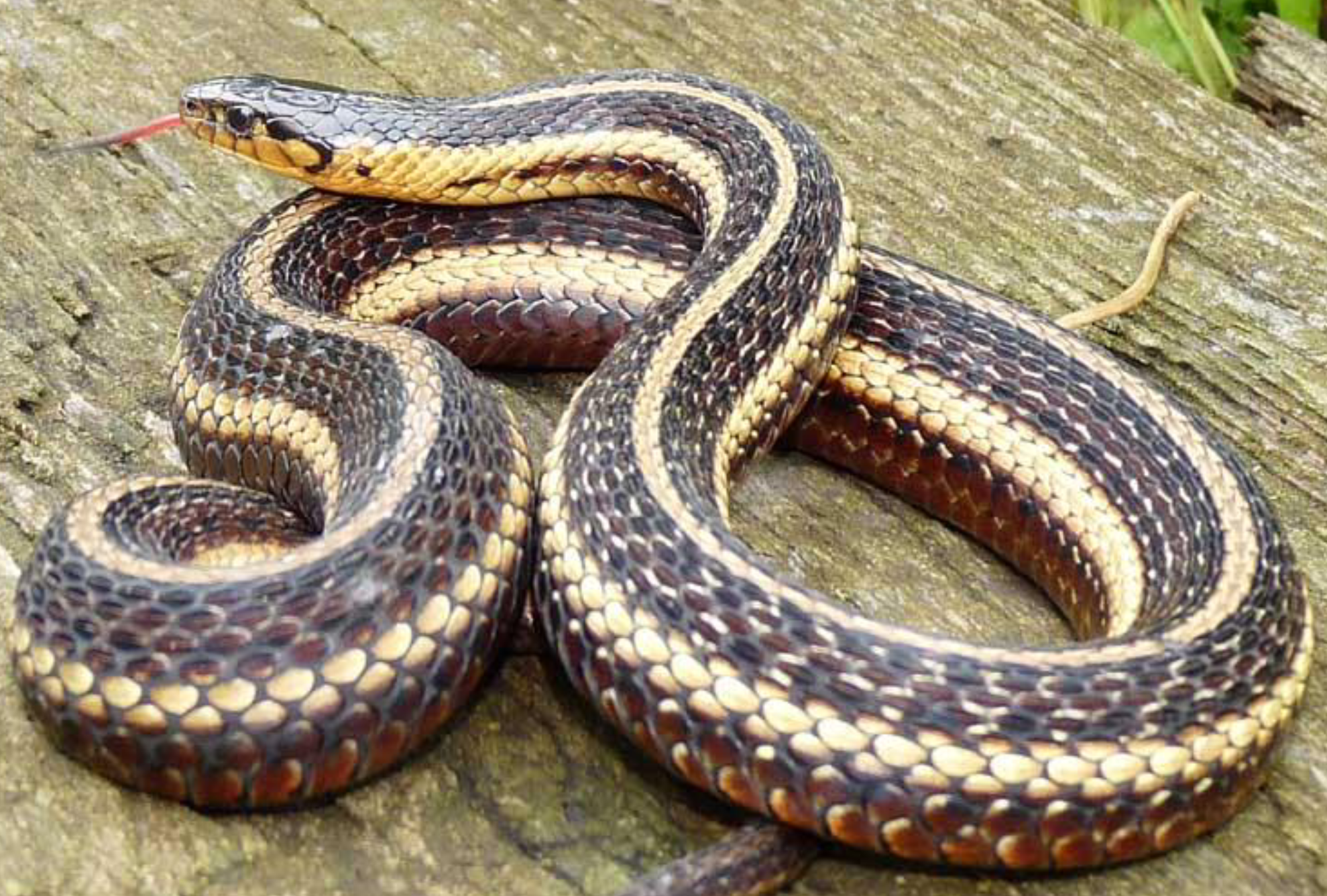
what is this and what are its habitat and diet preferences
butlers garter snake - grassy, moist, open canopy areas like wet prairies and grasslands. Its main diet consists of earthworms. But it also eats salamanders, leeches, and frogs.
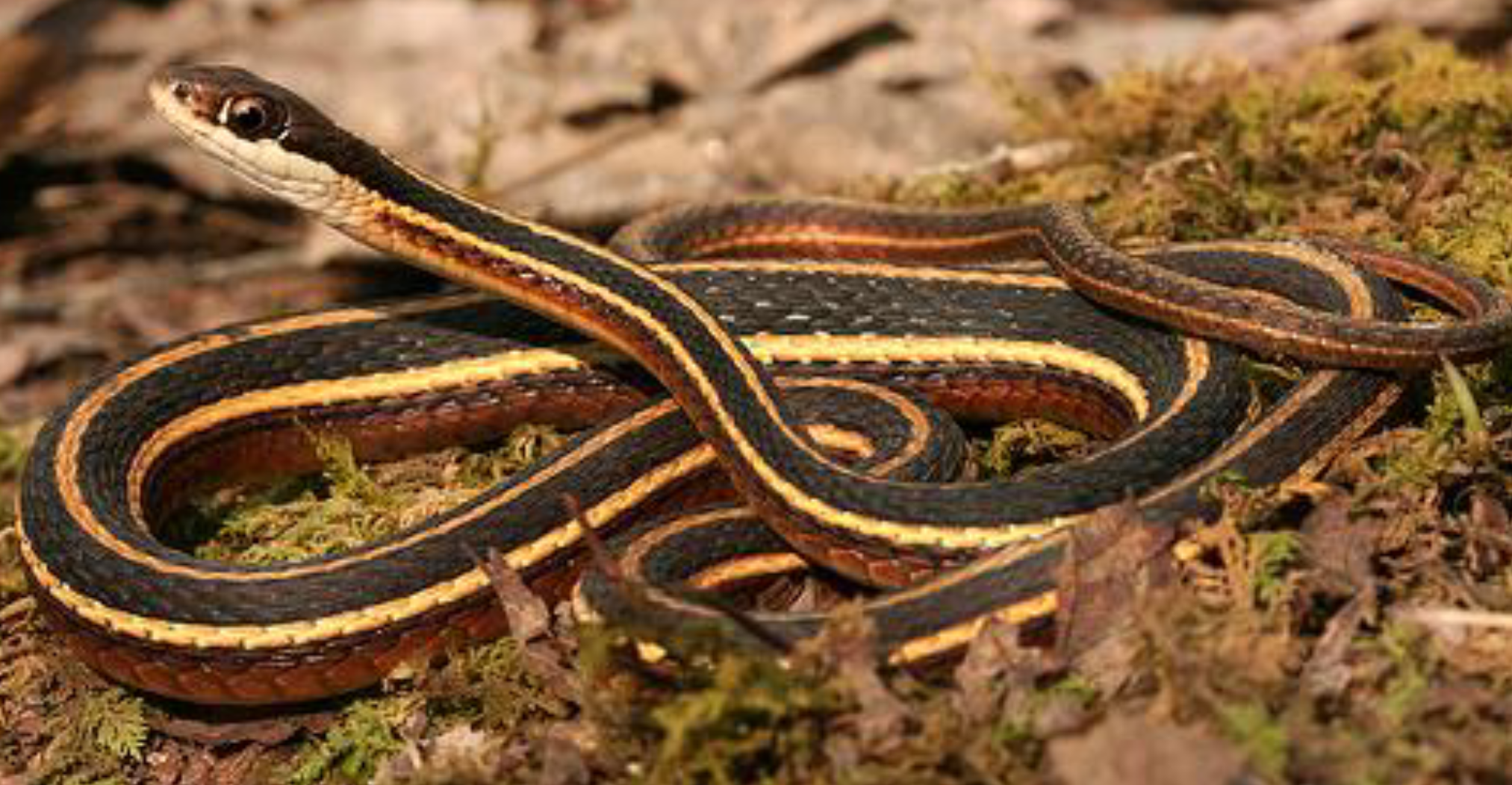
what is this and what are its habitat and diet preferences
northern ribbon snake - ribbon snakes live in wetlands or near a stream, ponds, or lakes. They eat frogs, fish, and salamanders
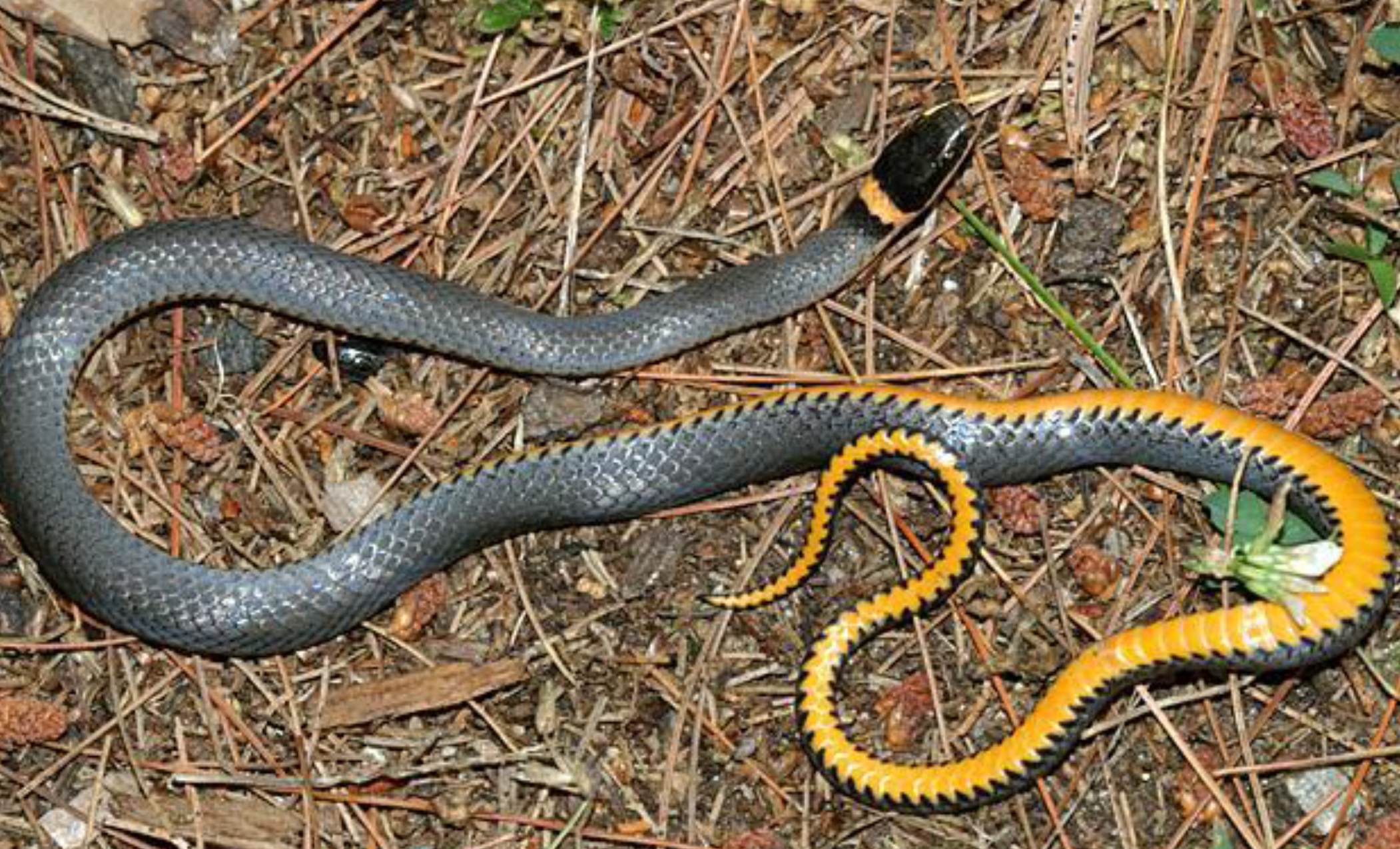
what is this and what are its habitat and diet preferences
northern ring-necked snake - prefers moist wooded areas. It eats earthworms, salamanders, insects, slugs, frogs, etc.
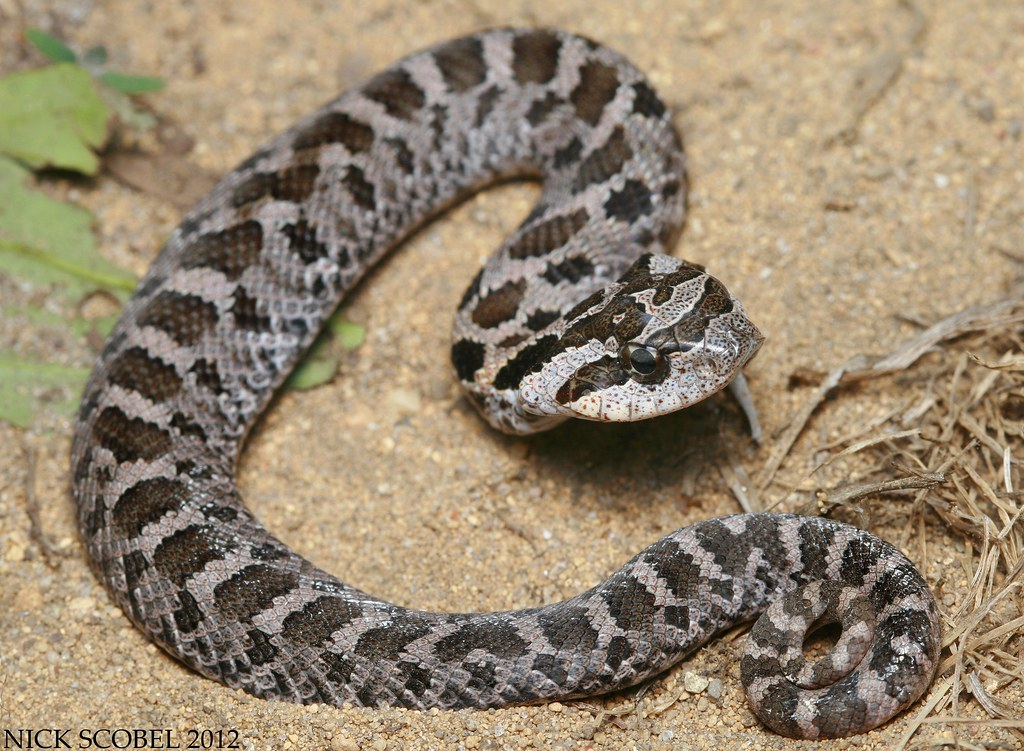
what is this and what are its habitat and diet preferences
eastern hognosed snake - These snakes tend to prefer sandy pine forests, old fields, and forest edges. They eat toads and sometimes frogs.
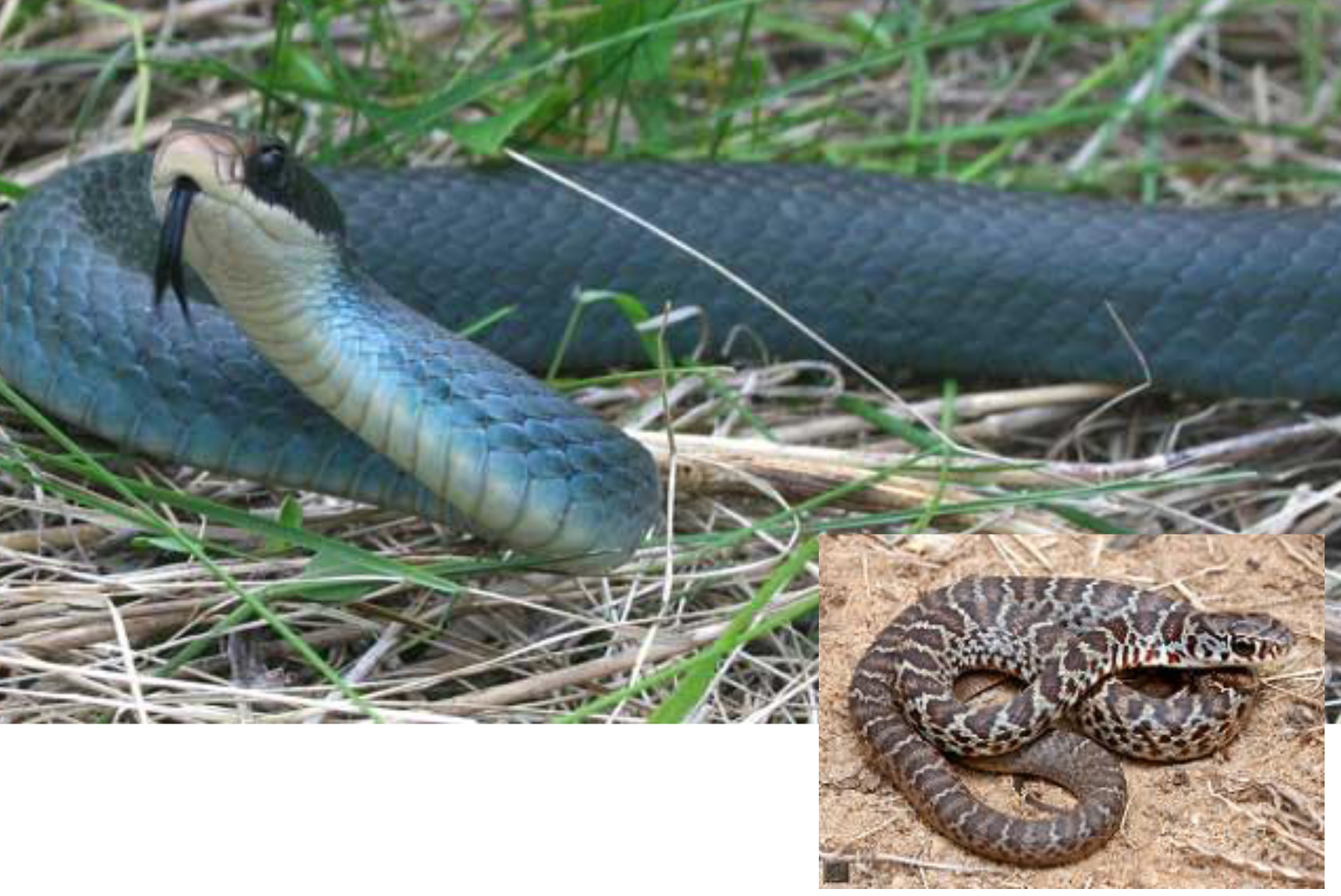
what is this and what are its habitat and diet preferences
blue racer - They prefer semi-open, old field shoreline, savanna, and edge habitats. They primarily eat songbirds, rodents, and other snakes.
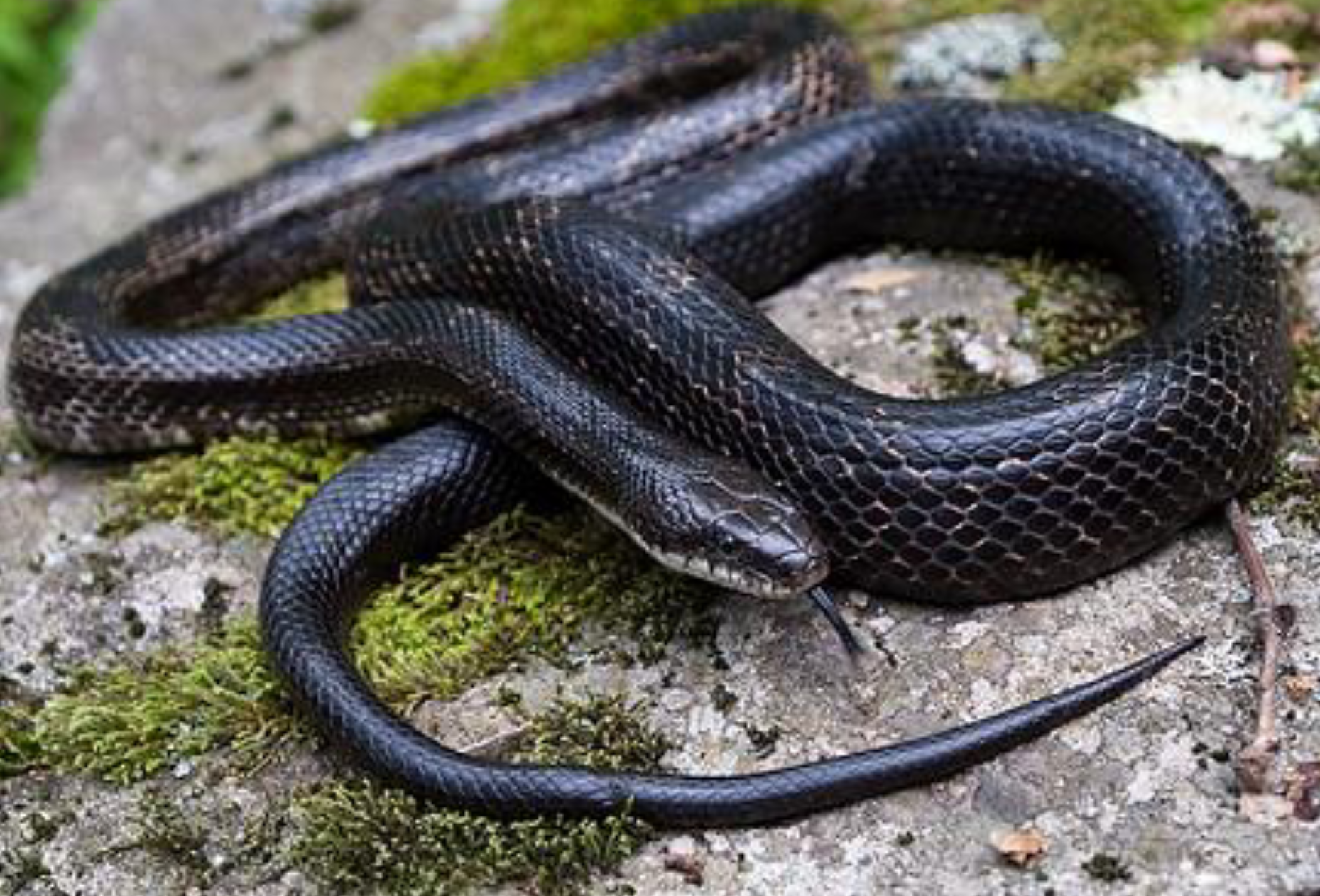
what is this and what are its habitat and diet preferences
eastern rat snake - they live in hardwood forests, farmlands, forested wetlands, and fields. Their diet is made up of lizards, rodents, frogs, and birds and their eggs.
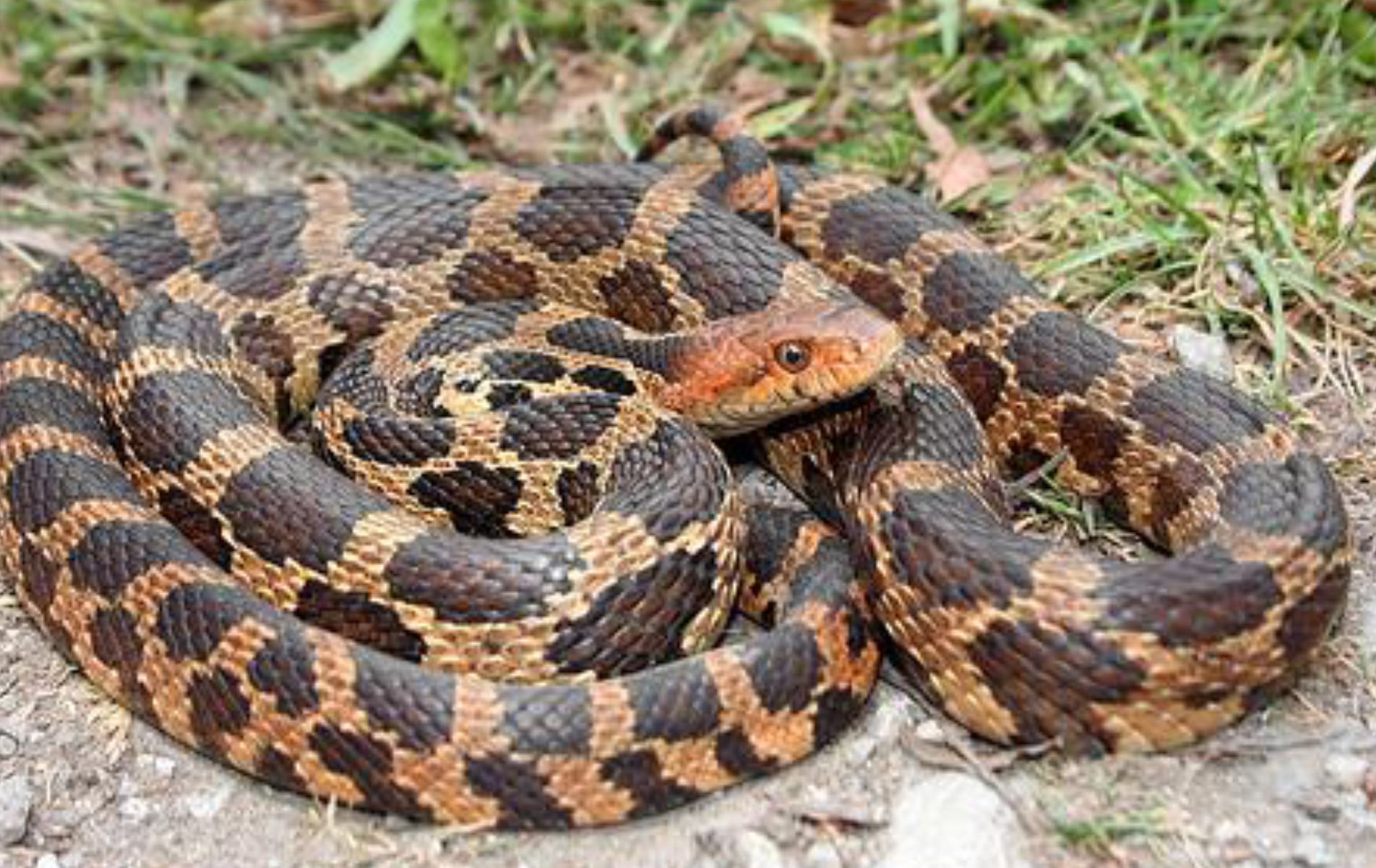
what is this and what are its habitat and diet preferences
eastern fox snake - they live in wetlands such as marshes and adjacent meadows and fields. they eat various birds and small mammals.
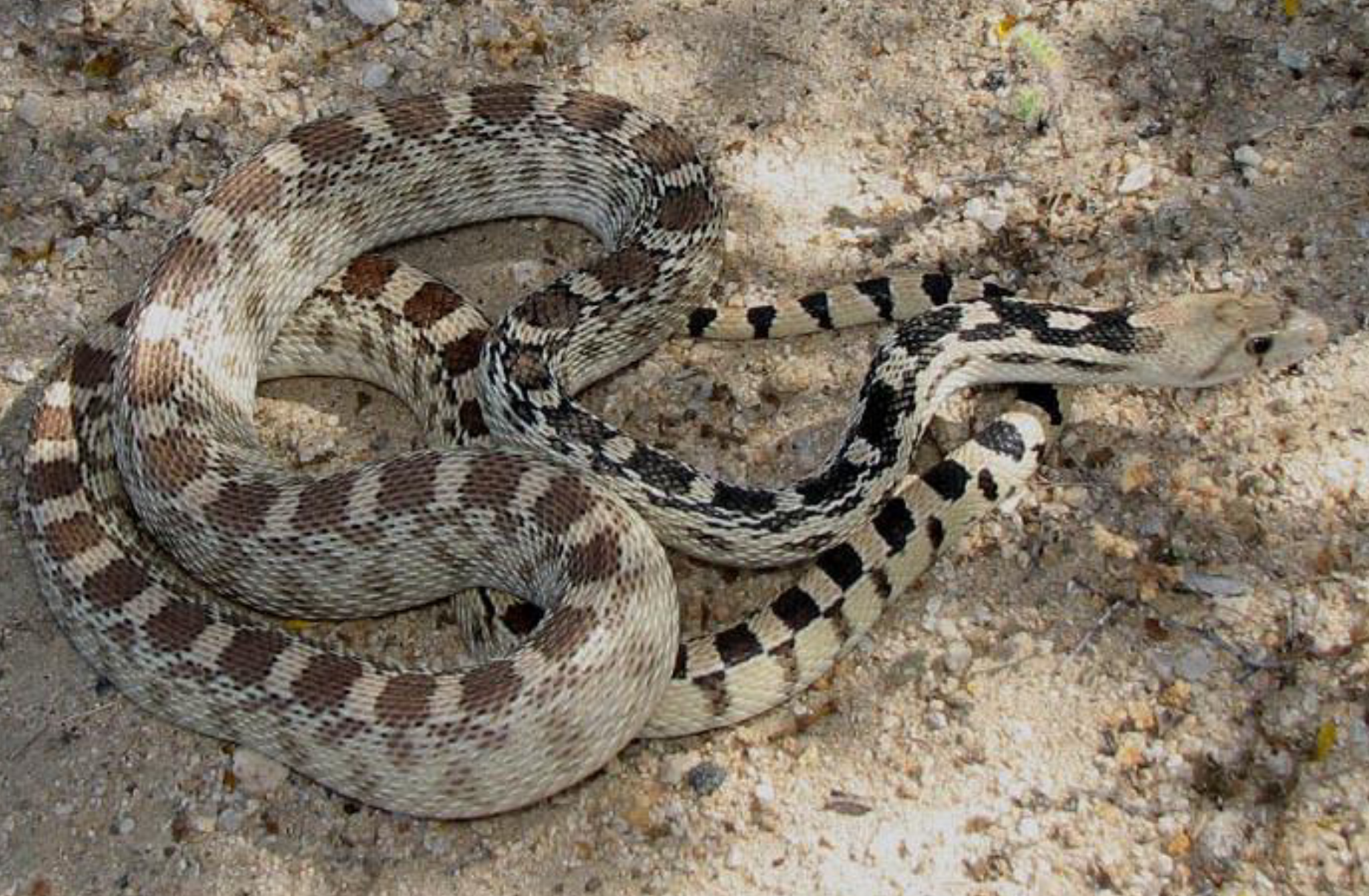
what is this and what are its habitat and diet preferences
Great Basin gopher snake - It inhabits woodlands, grasslands, deserts, and agricultural lands. Feeds on various animals, including lizards, small mammals, birds, and their eggs.
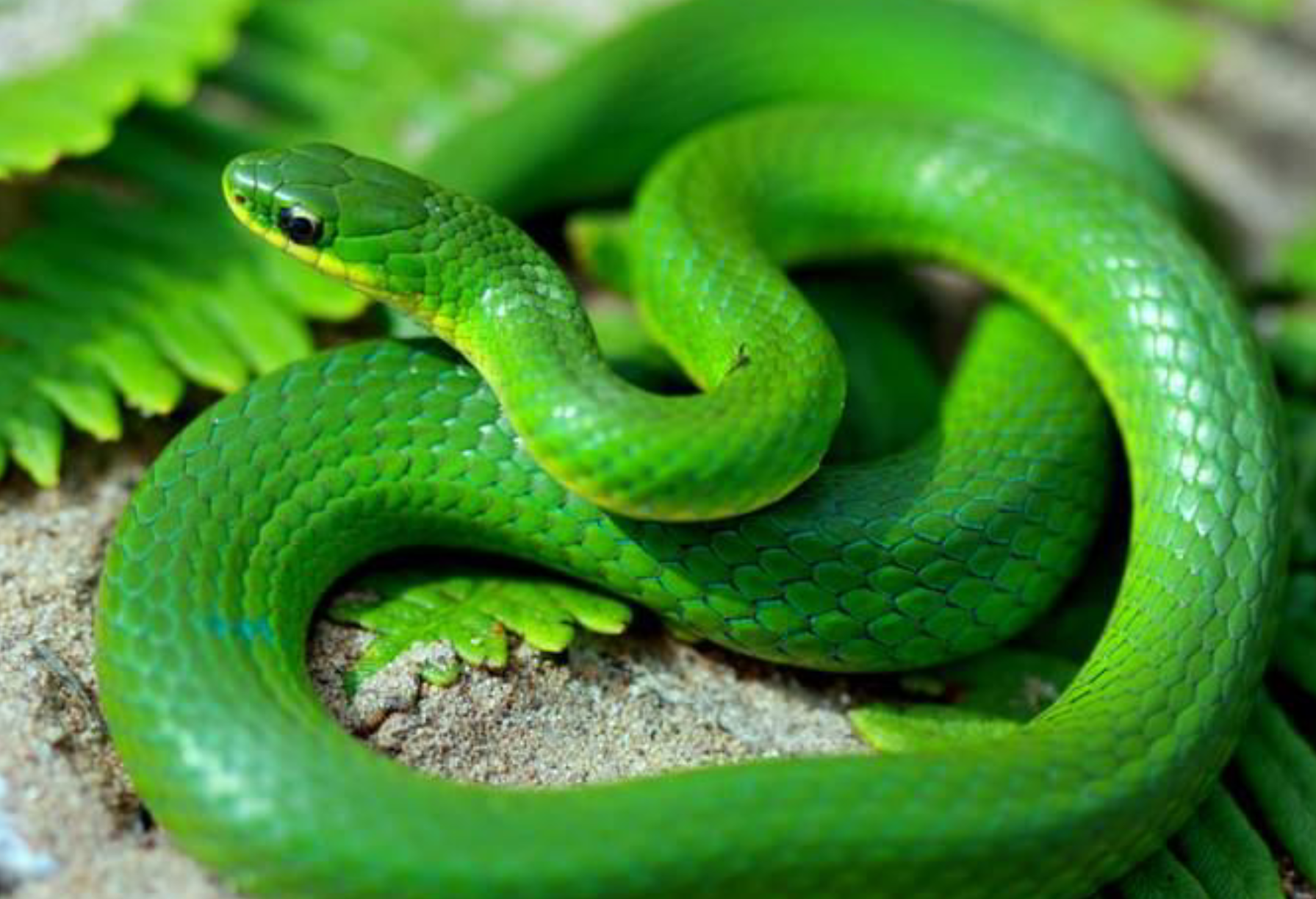
what is this and what are its habitat and diet preferences
smooth green snake - It lives in open woods, meadows, marshes, and along stream edges. It mainly eats spiders, insects, and other invertebrate.

what is this and what are its habitat and diet preferences
eastern massasauga rattlesnake - found in wetland habitats such as marshes, swamps, and floodplains. They feed on small vertebrates such as mammals, birds, and frogs.
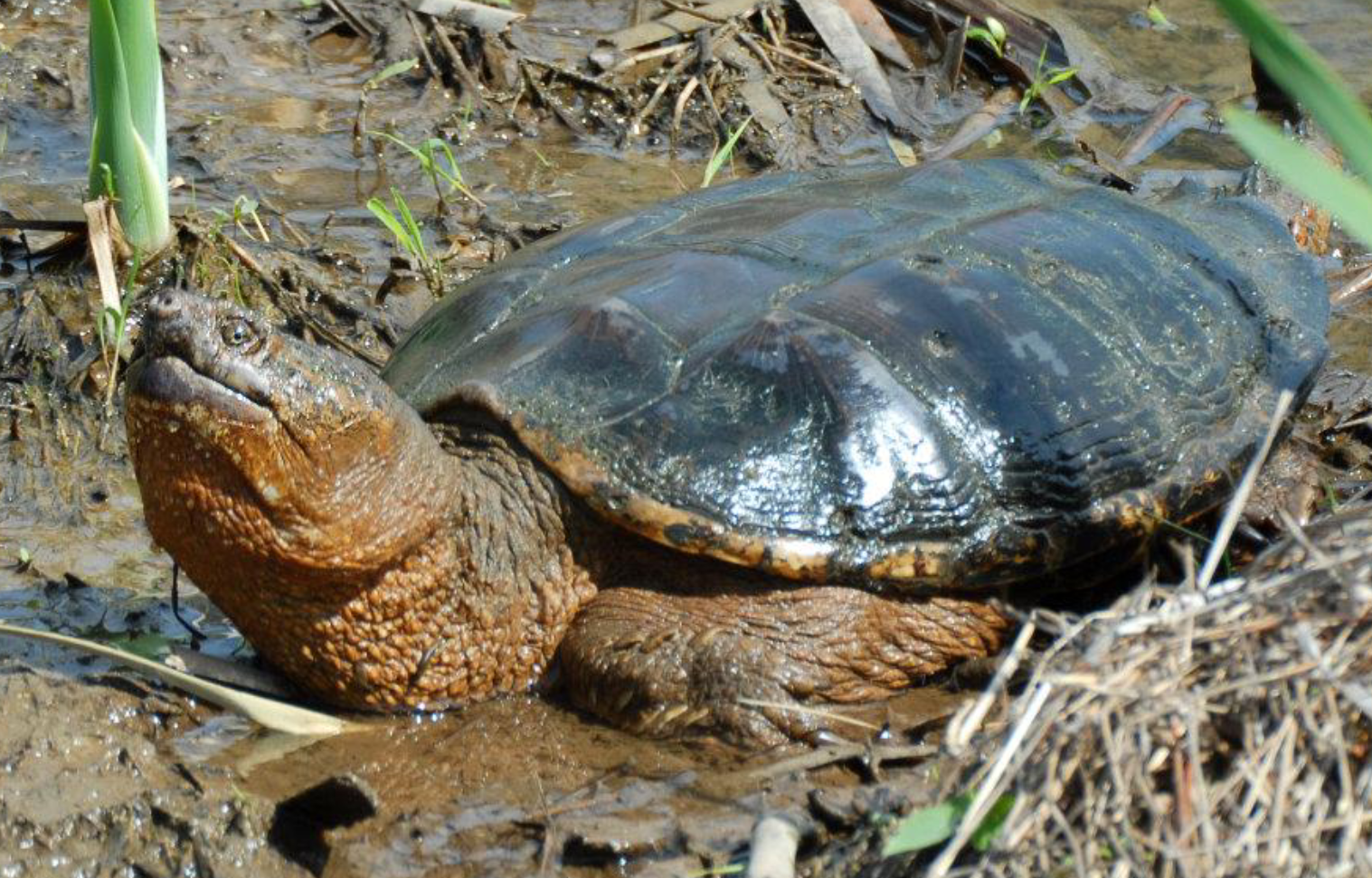
what is this and what are its habitat and diet preferences
common snapping turtle - These turtles inhabit rivers, lakes, marshes, shallow ponds, or streams. They consume both plant and animal matter and are important aquatic scavengers, they are omnivores
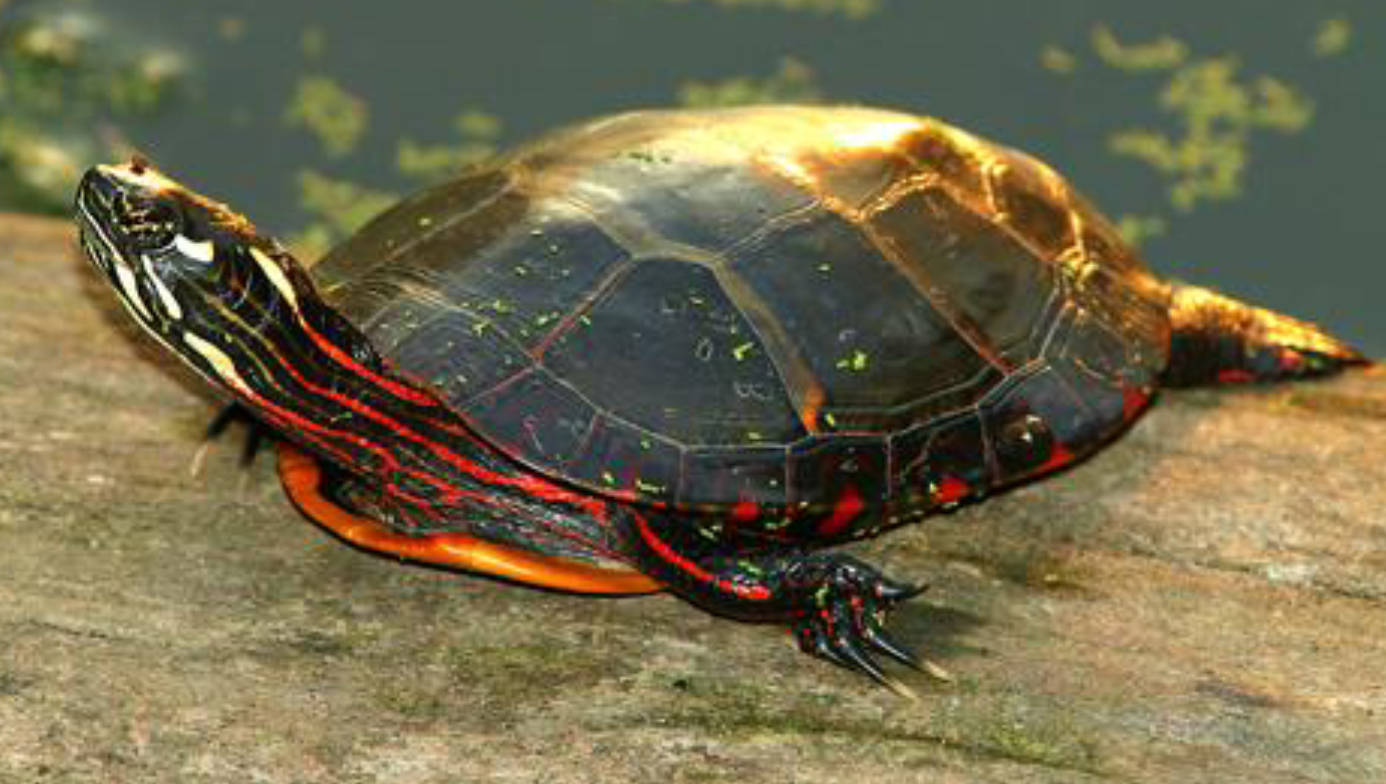
what is this and what are its habitat and diet preferences
painted turtle - they live in shallow waters with slow-moving currents, such as creeks, marshes, and ponds. Their diet includes aquatic insects, fish, crustaceans, aquatic vegetation, and algae.
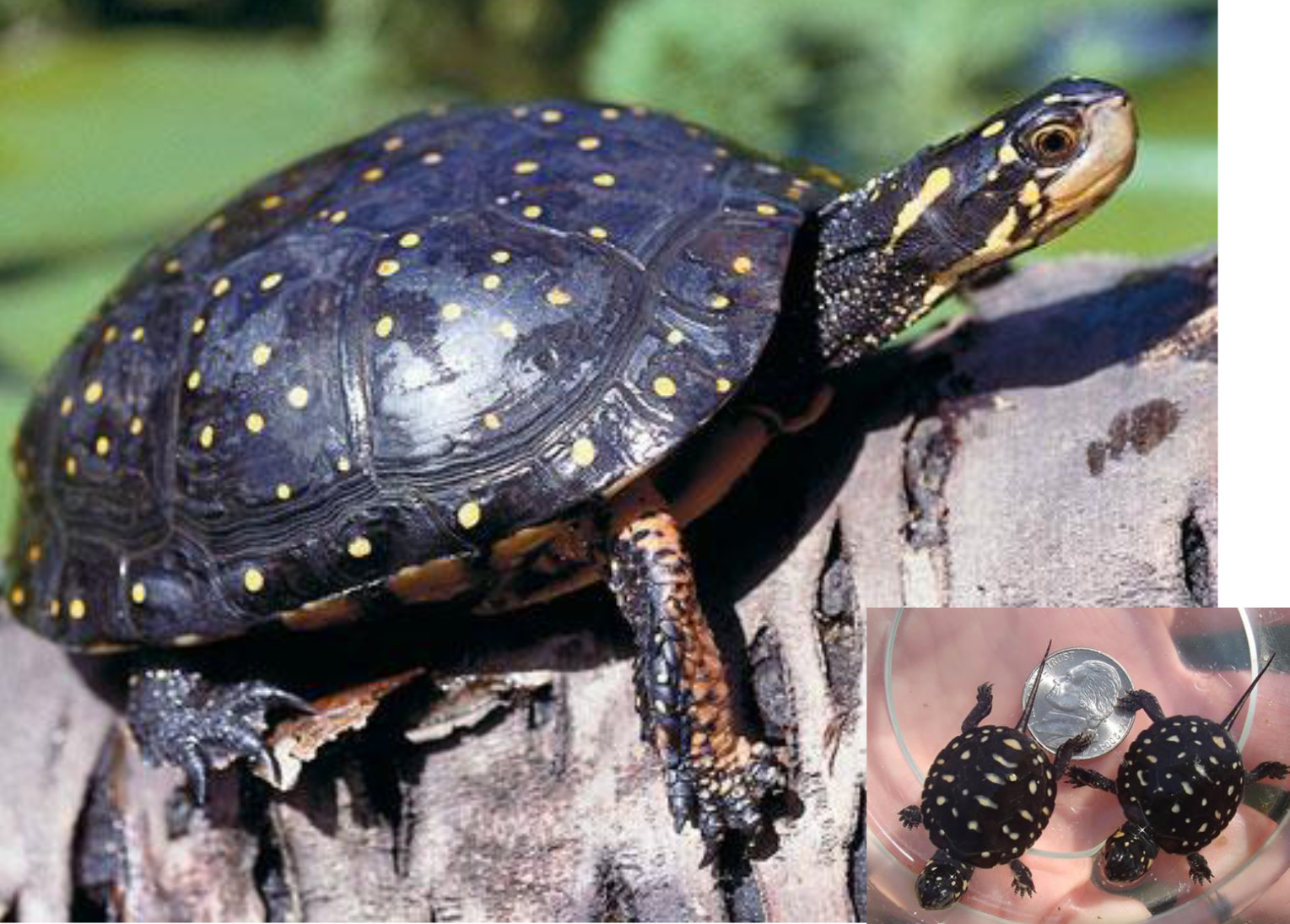
what is this and what are its habitat and diet preferences
spotted turtle - Preferred habitat includes shallow and slow-moving waters with soft muddy soil, sedge tussocks, water lilies, sphagnum moss, and cattails. They eat aquatic vegetation, green algae, aquatic insect larvae, tadpoles, spiders, etc.
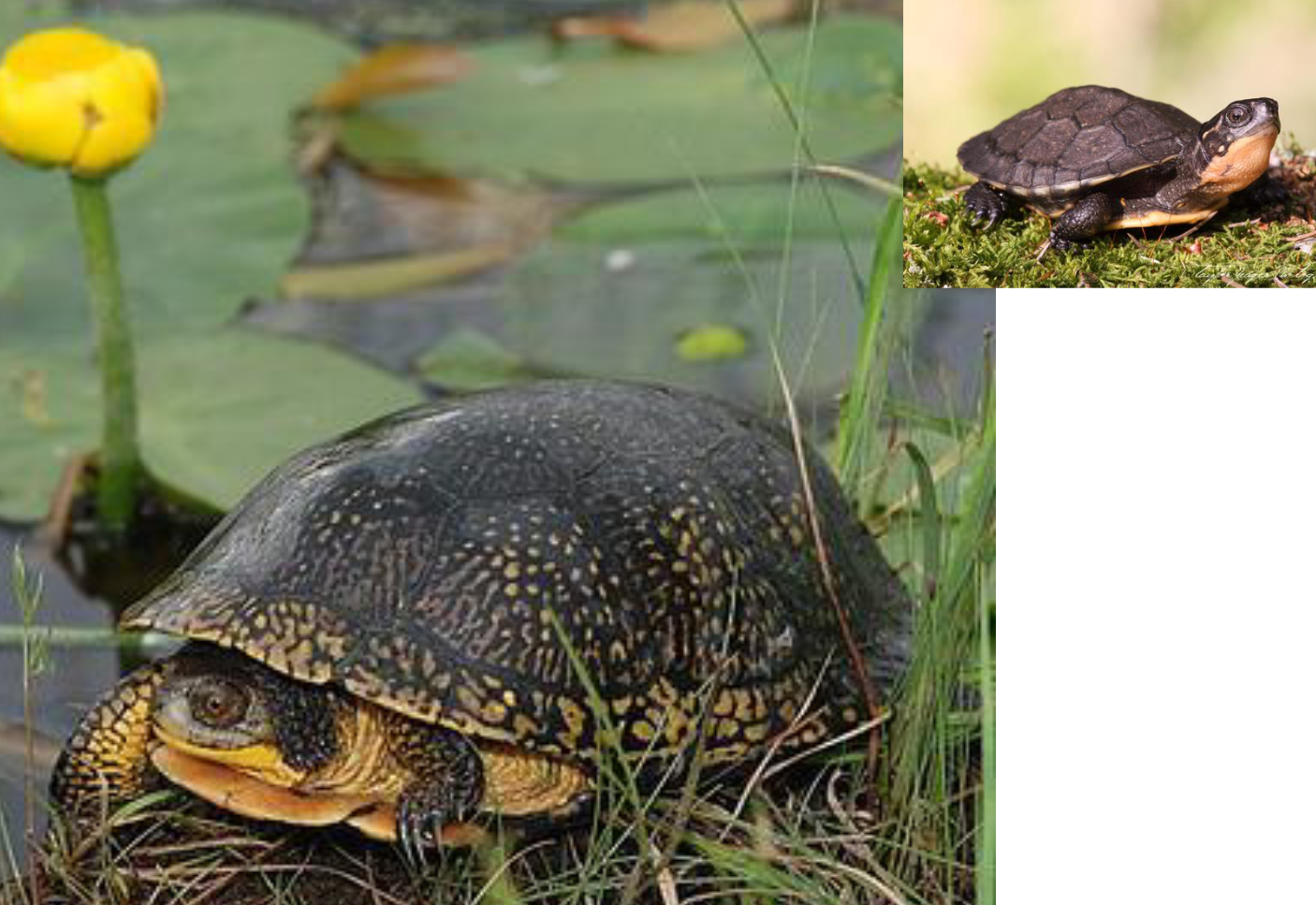
what is this and what are its habitat and diet preferences
blandings turtle - wetland habitats with slow-moving waters. Their diet consists of crustaceans, tadpoles, small fish, etc.
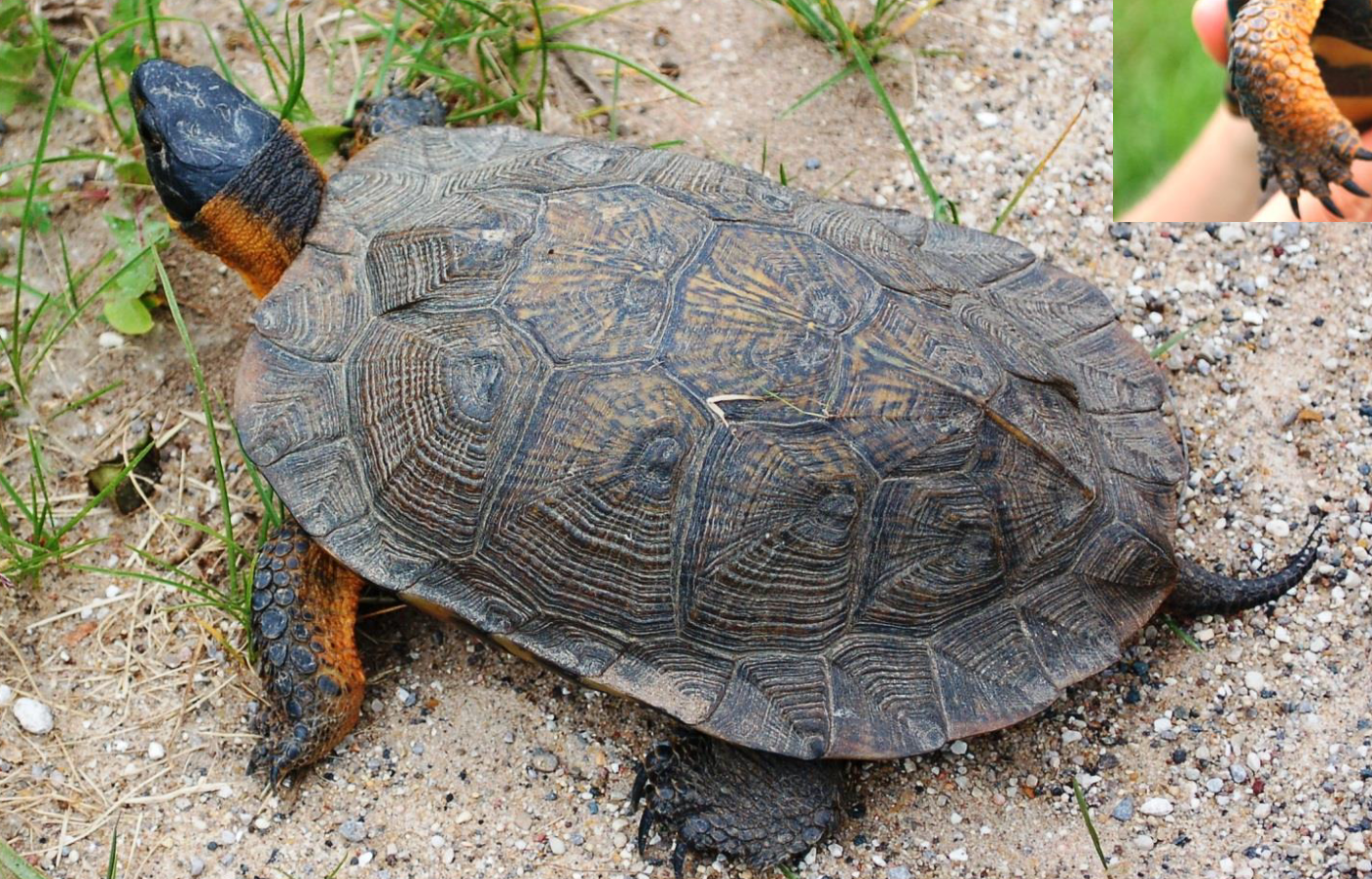
what is this and what are its habitat and diet preferences
wood turtle - occur in open areas including forests, fields, bogs, wet meadows, and beaver ponds. They eat beetles, millipedes, fungi, mosses, insects, etc.
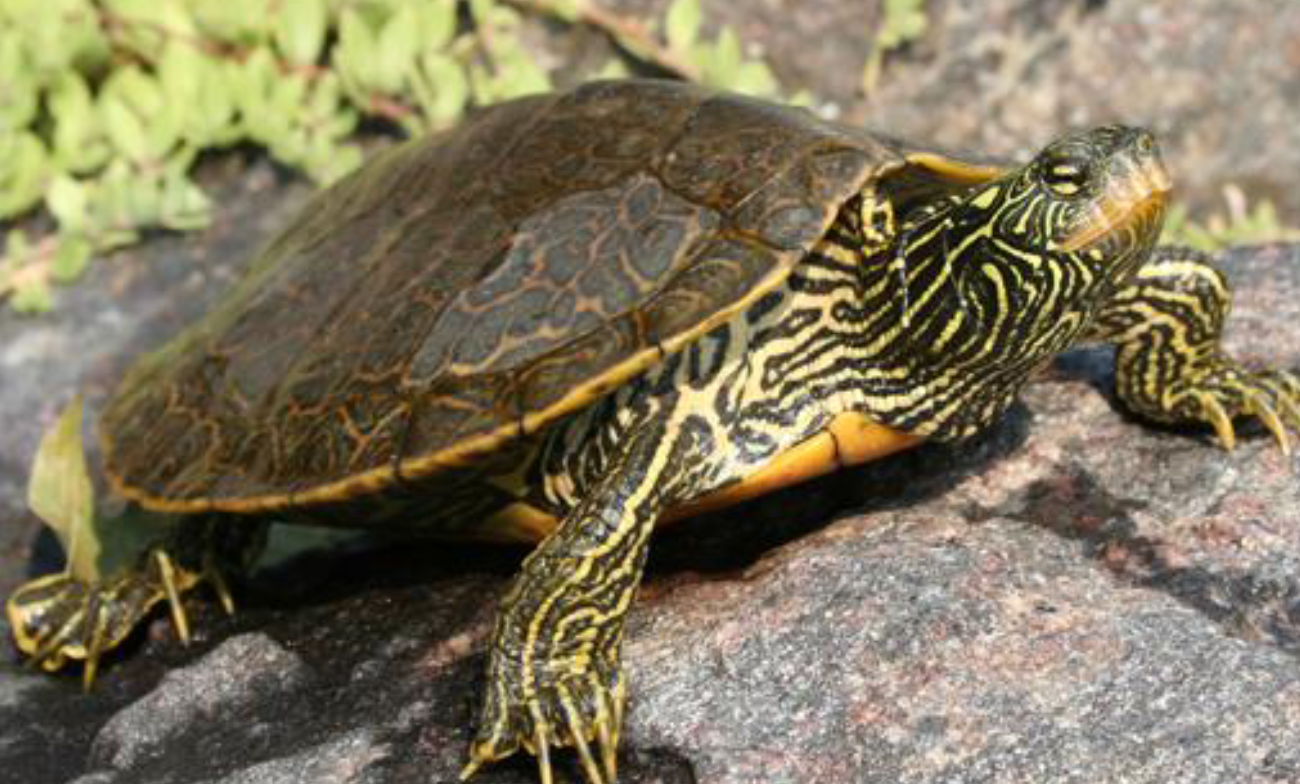
what is this and what are its habitat and diet preferences
Northern map turtle - They prefer large bodies of water and areas with fallen trees and other debris for basking. They feed on mollusks, their primary prey, as well as insects and crayfish.

what is this and what are its habitat and diet preferences
eastern box turtle - prefer deciduous or mixed forested regions, with a moderately moist forest floor. They eat earthworms, snails,grasses, fallen fruit, berries, etc.
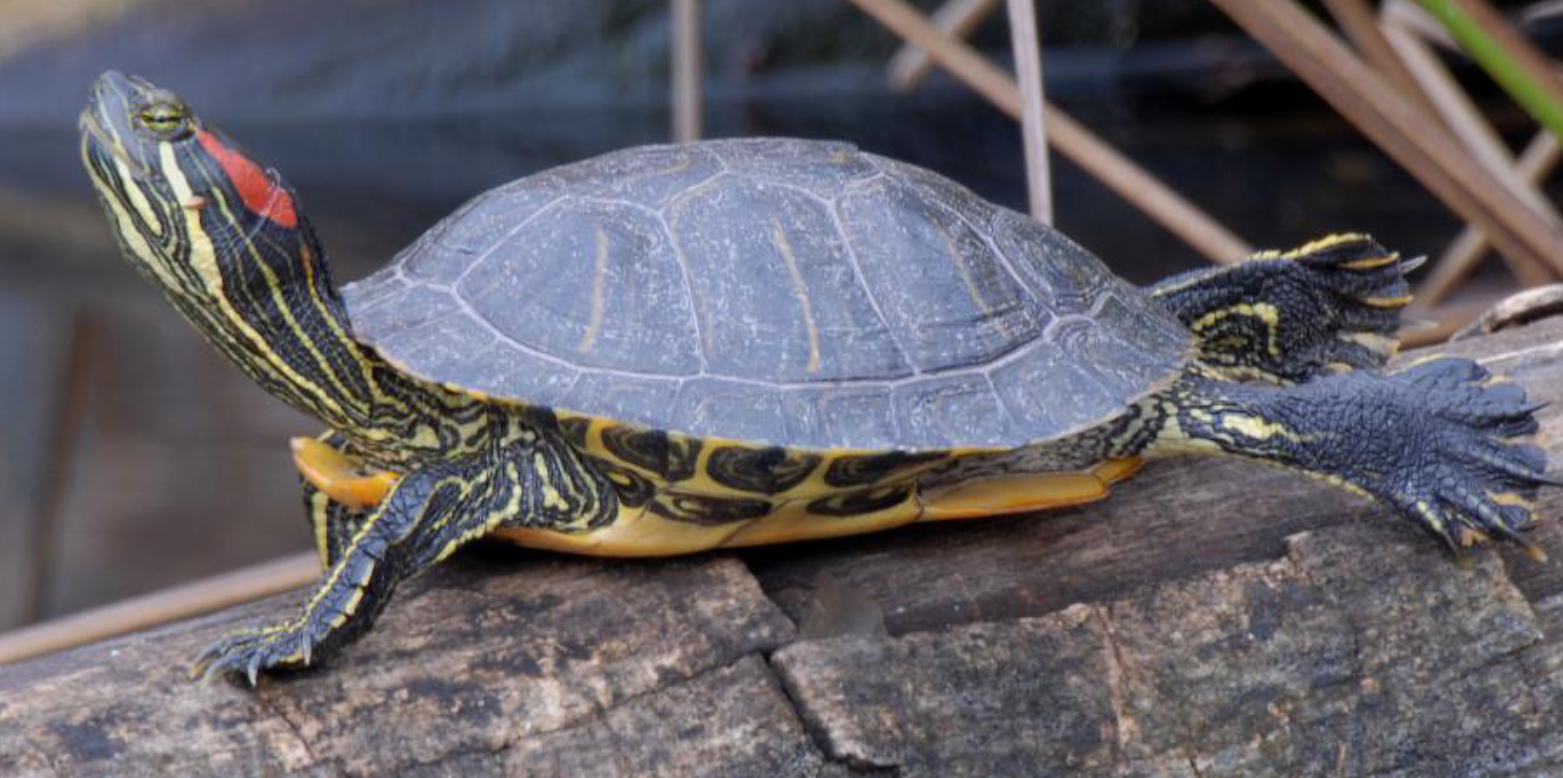
what is this and what are its habitat and diet preferences
red-eared slider - they prefer still, warm water, such as ponds, lakes, swamps, creeks, streams, or slow-flowing rivers. feed on fish, crayfish, aquatic insects, and aquatic plants.
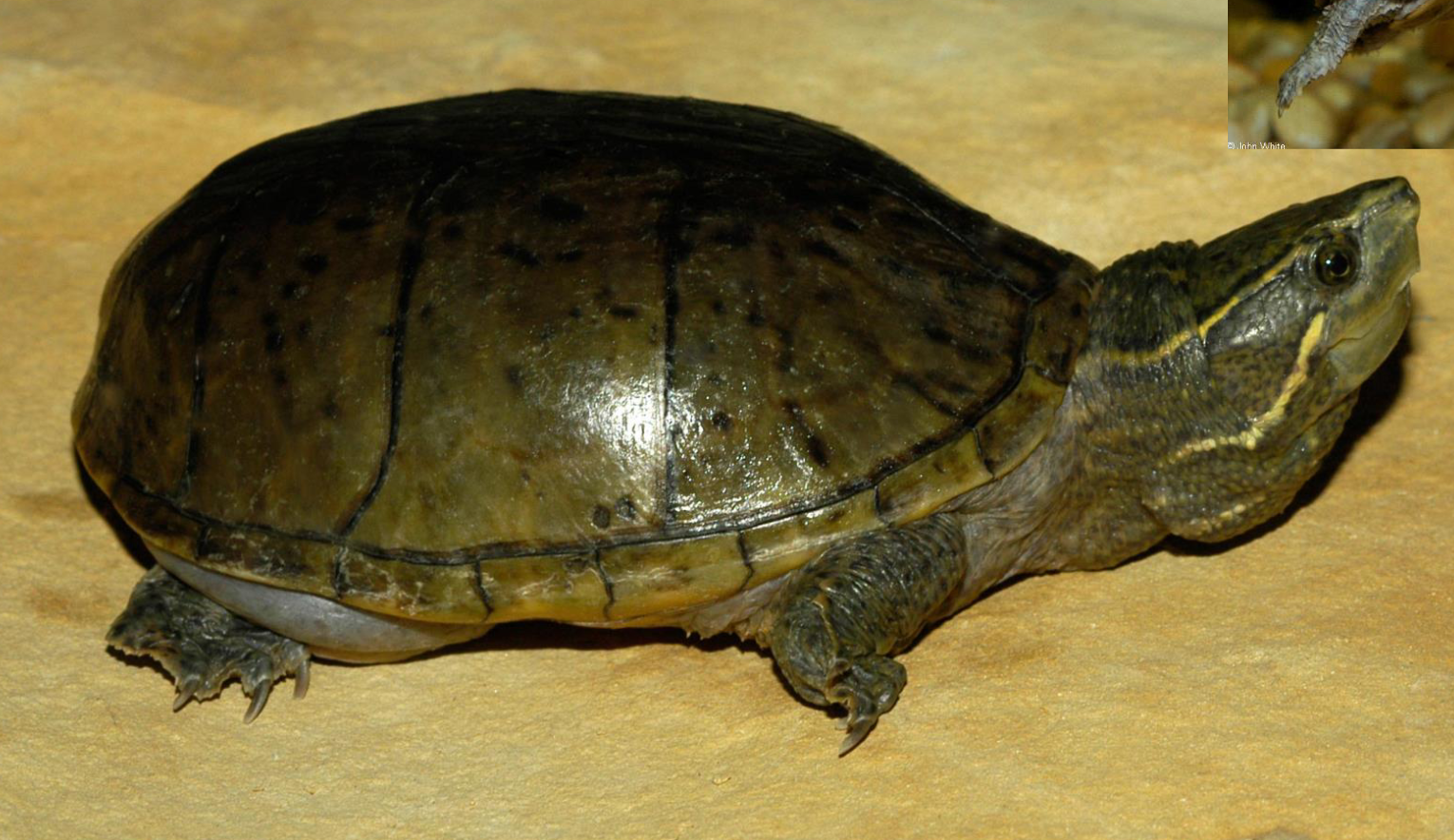
what is this and what are its habitat and diet preferences
eastern musk turtle - wetland habitats and littoral zones, particularly shallow watercourses with a slow current and muddy bottom. They eat crayfish, freshwater clams, snails, aquatic larvae, etc.
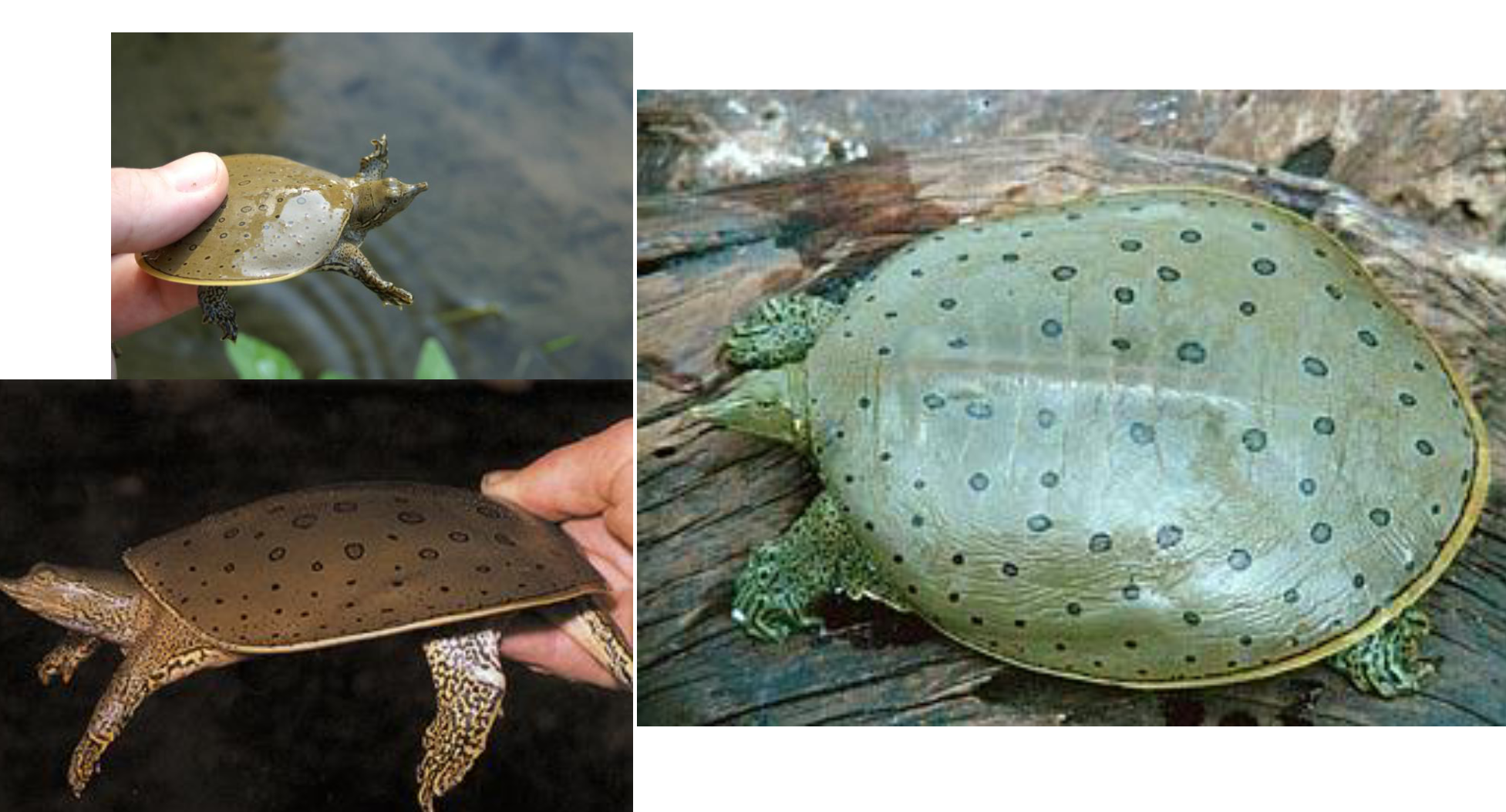
what is this and what are its habitat and diet preferences
eastern spiny softshell - bodies of water with soft, sandy, or muddy bottoms. They are carnivorous eating crayfish, fish, tadpoles, worms, crickets, etc.

what is this and what are its habitat and diet preferences
eastern milk snake - prefers woodlands, fields, rocky areas, and suburban environments. feeds on small mammals, birds, reptiles, and amphibians